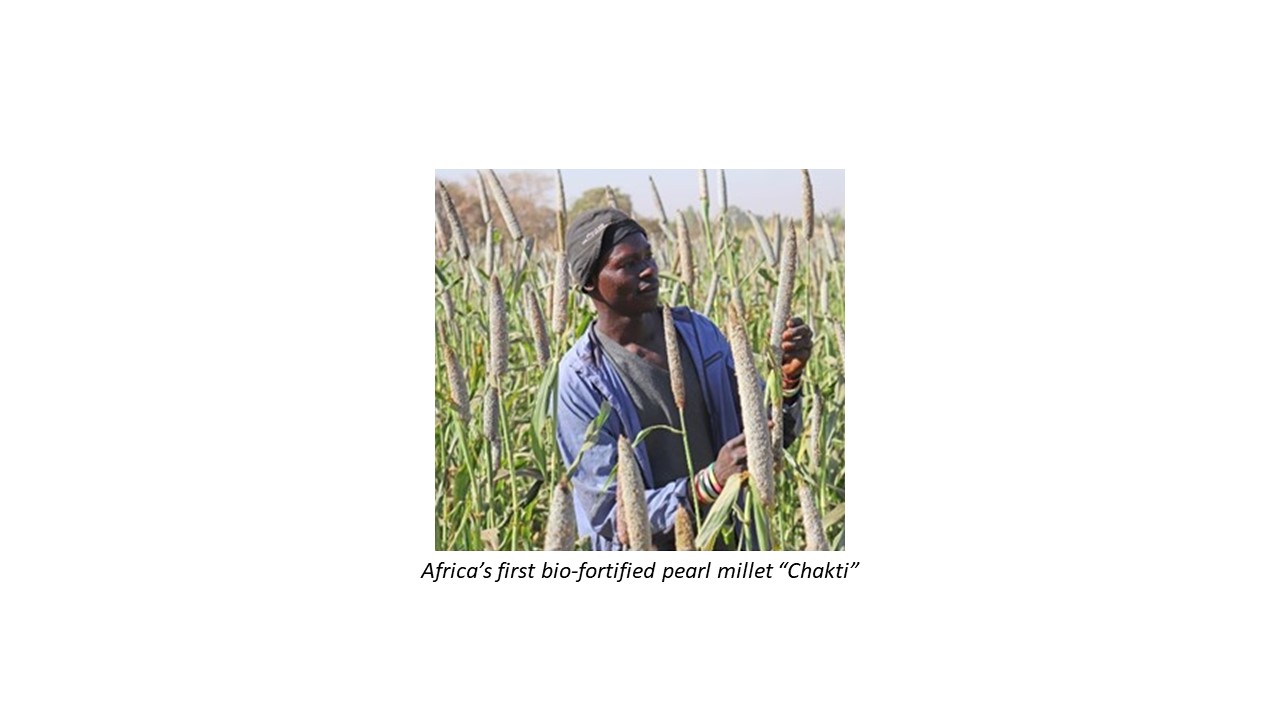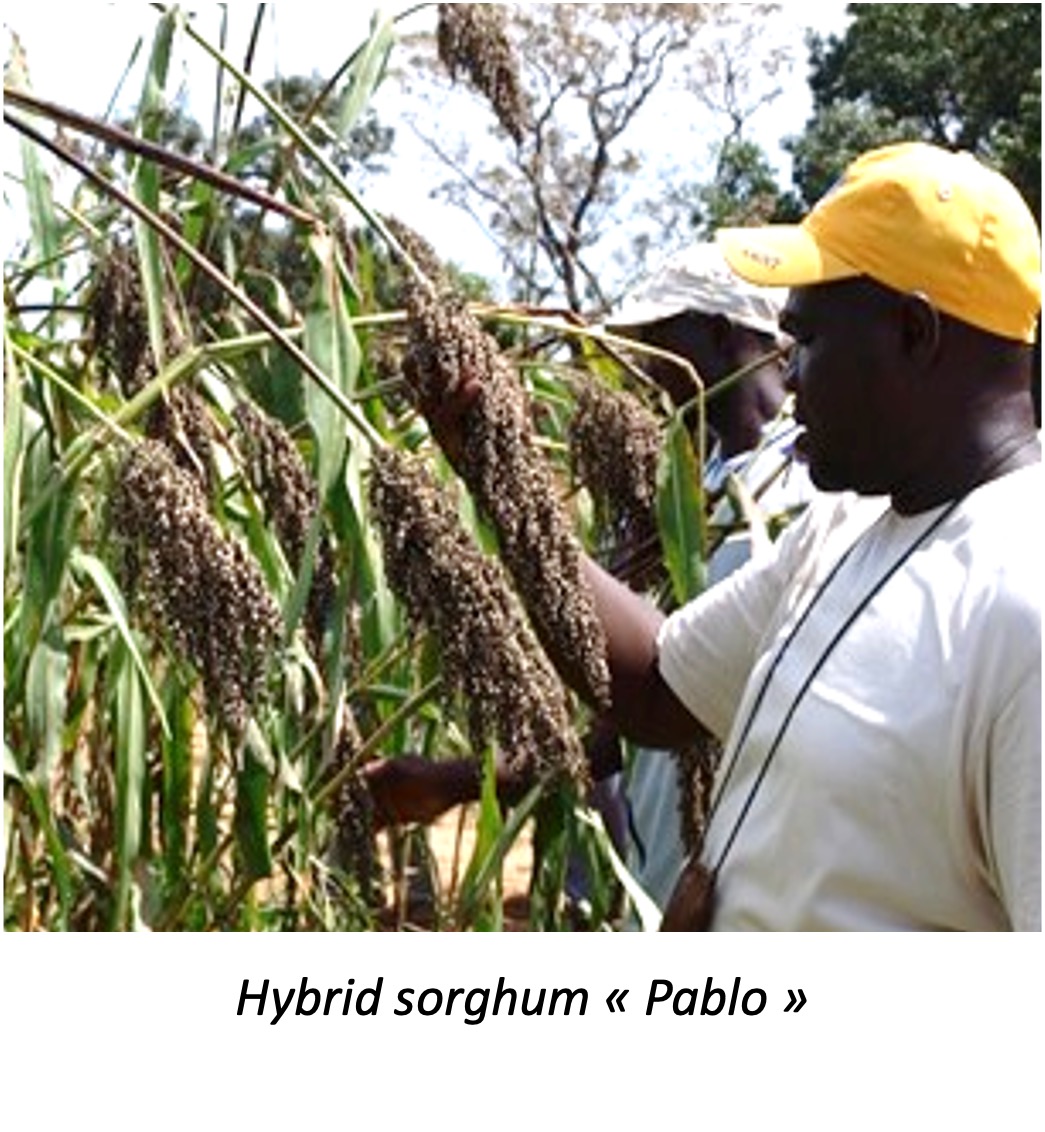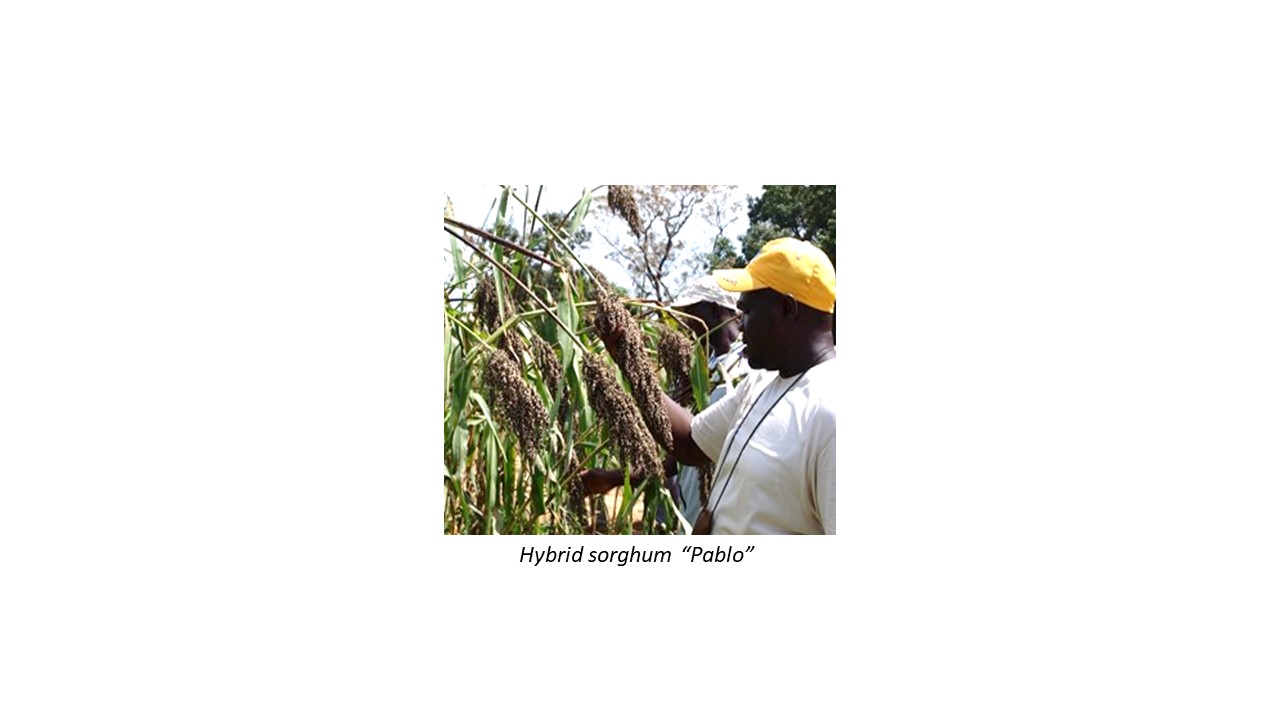Varieties for Better Nutrition and Stress Resistance
Summary
The yield of millet and sorghum in Africa remain far below attainable levels, and communities growing the crops are some of the most food insecure and malnourished on the continent. One of the primary causes of this problem is limited access to new varieties that are high yielding, bio-fortified, and withstand drought, heat, and pests. Recent surveys demonstrate that new lines of sorghum are planted on just 3% of farmland in Burkina Faso, 15% in Niger, 20% in Nigeria, and 21% in Mali, leaving great scope for improvement. Delivering quality seed from improved millet and sorghum to farmers is critical to sustainably enhance production and to strengthen the climate resilience of the value chain. Newly developed varieties also have better taste and cooking characteristics that provide greater potential for value addition and marketing, they have multiple uses, from food, feed, and fodder, to brewing and biofuels.
About the Solution
A number of improved millet and sorghum varieties were developed by ICRISAT in collaboration with the national agricultural research institutes, farmer organizations, seed companies and non-governmental organizations. They are highly nutritious and fulfil many pressing health needs. These are the last crop growing in times of drought and high temperatures, making them a viable risk management strategy for farmers. New cultivars include open pollinated varieties (OPV) and hybrid lines that offer a grain yield advantage of more than 30% compared to traditional landraces and less improved types. Most of the new millet and sorghum lines are bio-fortified with naturally high levels of iron (45-79 ppm) and zinc (32-64 ppm) and were also selected for early maturation to avoid yield loss where rainfall ends prematurely. Certain varieties possess adaptations that make them tolerant against moderate to extreme drought and heat, and resistant against common diseases and pests. Among the improved cultivars, some have a “stay green” character, making them of good use as animal feed. The success of breeding programs is best exemplified by the sorghum hybrids Pablo and Fadda, naturally rich in iron and proteins and offering a yield advantage of 30% to 40% over local varieties.
Specific sets of millet and sorghum varieties are available for different climatic conditions, soil types and food habits in African drylands. Iron and zinc bio-fortified lines with short growth cycle, drought tolerance and disease resistance are popular in the Sahel regions and the drylands of eastern and southern Africa. Improved sorghum cultivars are suitable for regions with an annual rainfall of 400 mm to 1000 mm. Millets are particularly recommended where annual cumulative rainfall is less than 600 mm and unevenly distributed over the season, as well as on sandy soils that retain too little water and on degraded lands with low nutrient availability.
Breeding programs for millet so far have released two hybrids and 11 OPVs, which include GB 8735 (Gajera Mota), Chakti and ICRI-Tabi. For sorghum, OPVs are dispatched such as Jakunbe, Jiguikala, Soumba, Fambe B and Lata 3. All released varieties and hybrids were registered in the ECOWAS/WAEMU/CILSS regional seed catalogue (2016-2018), and most have been taken up in national seed catalogues. ICRISAT and its partners continue to develop lines of millet and sorghum with higher yield potential, stronger tolerance to drought and heat, greater nutritional value, and better market characteristics.
High-yielding, nutritious and resilient lines are developed through selection of parents with desired traits, conventional crossing and hybridization, and finally extensive field testing. Improved varieties of millet and sorghum (OPVs and hybrids) are multiplied and made accessible to farmers via “Formal Seed Systems” that involve stringent inspection and certification standards. Recommendations of good land preparation, fertilizer and crop management practices are formulated for specific soil types and climate conditions that must be followed to realize high yields and efficient use of nutrients and water. For sorghum, the seed rate is 8 to 12 kg per hectare with a spacing of 75 - 90 cm between rows and 30 - 50 cm between plants. For pearl millet, the seed rate is 5 to 8 kg ha-1 with a spacing of 80 - 100 cm between rows and 40 - 100 cm between plants depending on the zones. Generally, it is advised to apply DAP at 62 kg ha-1 during planting and CAN at 198 kg ha-1 when the crop is knee-high. Weed encroachment needs to be curtailed through physical removal or spraying of pre- and post-emergence herbicides. Farmers should follow integrated Striga and soil fertility management, and water conservation techniques to maximize grain yields and resource use efficiency.
Commercialization
Commercially available
Solution Images
Institutions




